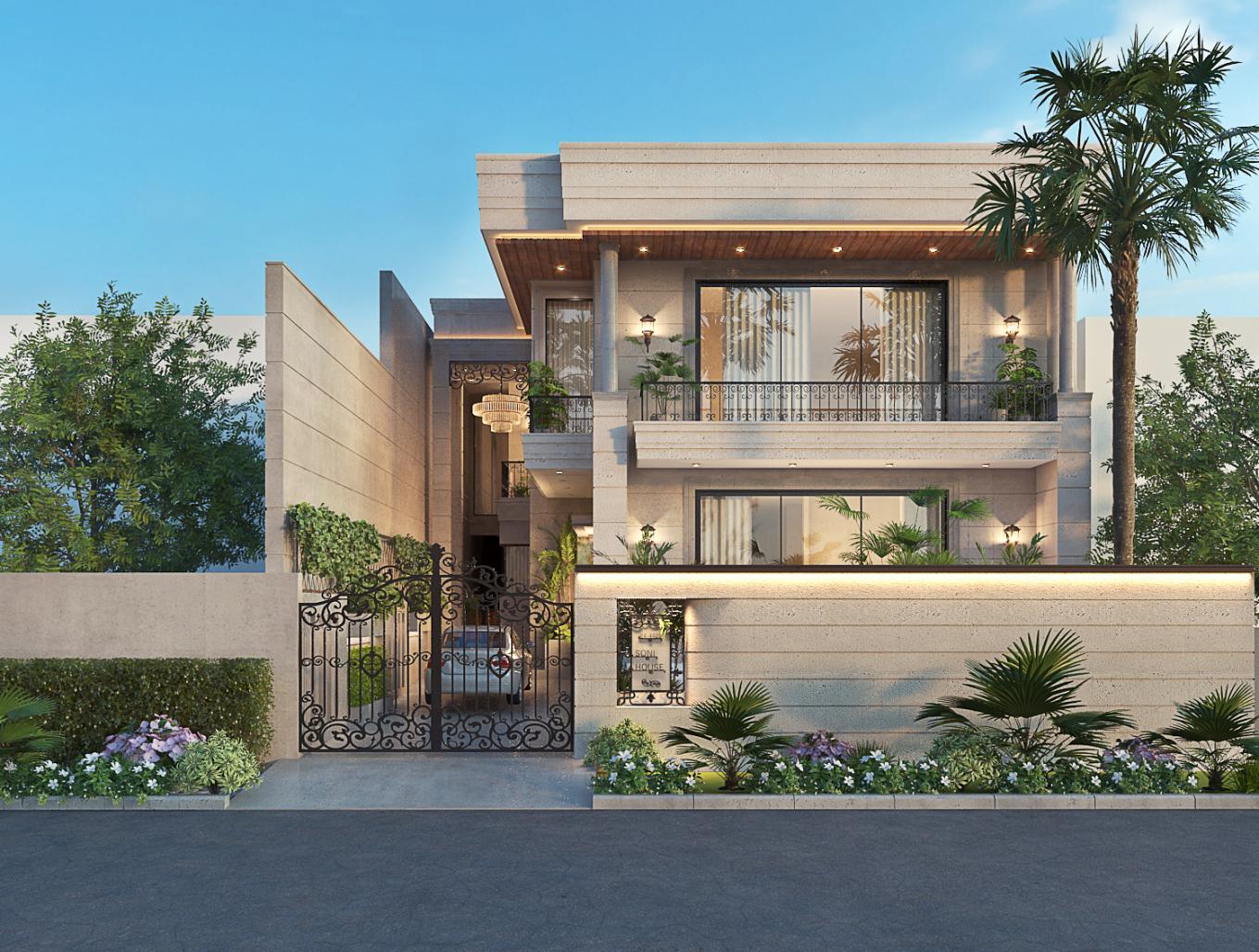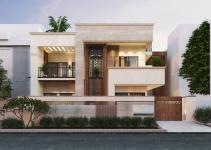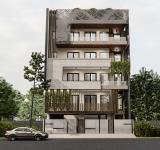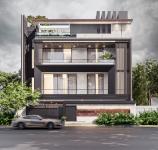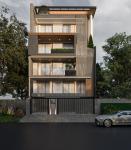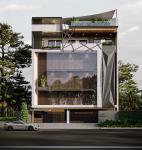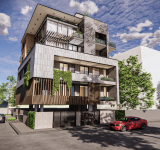Contemporary architecture has advanced beyond the confines of singular styles embracing a more inclusive approach that draws inspiration from a myriad of design movements. Within this paradigm, Eclecticism in contemporary designs has garnered significant attention. It involves the fusion of diverse architectural elements, materials, and styles into a cohesive design. This blending of styles results in eclectic facades that not only captivate the eye but also reflect the complexity and diversity of our modern world. Keeping up with the context, Ar. Amit Gulati, Founder of Design21 explores the fusion of diverse architectural styles contributing to the creation of visually stunning facades that redefine the urban landscape.
Cultural Fusion in Design
Contemporary designs can showcase a cultural fusion within facades, where influences from various regions and periods coalesce. From ornate motifs to sleek lines of minimalism, the eclectic facades become vibrant canvases of rich global influences. This fusion is an aesthetic experiment and an honour to the interconnectedness of diverse cultures. The result is a blend of textures, colours, and architectural styles, creating facades that transcend conventional boundaries and stand as symbols of the cultural diversity shaping the urban landscapes.
Materials as a Unifying Element
Materials serve as a unifying thread in eclectic facades to create a symphony of diversity and coherence. Designers adeptly employ an array of materials like glass, steel, concrete, glided accents, and wood to blend various styles. The tactile qualities of materials also contribute to the sensory richness of eclectic facades. For instance, the timeless beauty of wood fused with the transparency of glass creates a cohesive and eclectic facade. These materials encapsulate the narrative of design innovation where modernity and tradition, minimalism and opulence converge, shaping the contemporary landscape with a nuanced visual language.
Modern Technology and Innovation
The integration of modern technology and innovation stands as a defining feature in the creation of eclectic facades. Architects leverage cutting-edge tools like 3D printing to push the boundaries of traditional design constraints. Moreover, perforated panels introduce a dynamic interplay of transparency and privacy, while parametric facades, driven by computational design, create fluid, customised structures. These technological advancements enable the precise execution of intricate detailing and geometric complexities, giving rise to facades that defy conventional norms. Modern materials, responsive lighting systems, and interactive elements further contribute to the dynamic nature of eclectic facades.
Urban Context and Identity
In the urban context, eclectic facades emerge as defining elements of contemporary identity. Buildings with diverse architectural influences contribute to a vibrant cityscape, fostering a sense of place and identity. The juxtaposition of historical and modern influences stands as a unique piece of the architectural puzzle. Large fenestrations with ornate detailings while exquisite railing designs with fine mouldings define the essence of eclectic facades and enhance the aesthetics of the structure celebrating the richness of creativity and cultural diversity.
The fusion of styles in contemporary architecture within facades reflects a dynamic and progressive approach to design. Eclectic facades not only challenge traditional norms but also embrace a variety of expressions and myriad cultural influences. As architects continue to push the boundaries of creativity, eclectic facades stand as testaments to the fluidity of design styles and the enduring spirit of innovation in the built environment.
2023
2023
.
Design 21
